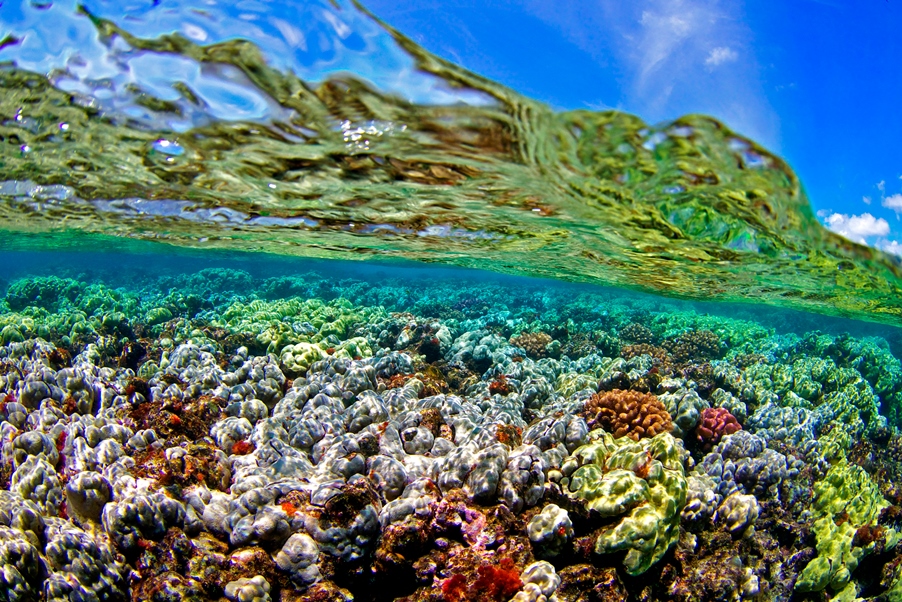Importance of Herbivores

Herbivores and Reef Resilience
Cultural Connection
Fishing is important in Hawai‘i as it is a part of our culture, is a local source of food, and contributes to our economy. Native Hawaiians relied heavily on fishing as a main source of protein and developed associated cultural practices that have been passed down for generations. These cultural practices serve to acknowledge and nurture our relationship with our resources. We are reminded of the need to balance our actions as we are a part of the environment and ecosystem.


Hawai‘i’s non-commercial nearshore fishery is an essential component of food security and regional cuisine for many local families and communities. Many fishers share or give away their catch to family members, elders, neighbors, and friends: a physical representation of aloha or showing love for and taking care of one another. The diverse cultures in Hawai‘i have helped shape our local fisheries and fishers today based upon indigenous knowledge and values that have been preserved and perpetuated throughout time.

Why do we need herbivores?
To keep our reefs healthy and ensure our future generations have an icebox full of fish.
Learn more about the common herbivores in Hawai‘i by clicking on the buttons below!
Coral reefs are under threat and we need to act now to protect them so that the next generation can continue to eat from and enjoy the ocean. Threats include climate change, pollution, sedimentation, development, overfishing, and algal overgrowth.
Herbivores feed on limu or algae, controlling and preventing limu from overgrowing and killing corals. Fewer corals, less fish.
Herbivores also keep surfaces clean and bare for corals to settle and grow on, which
contributes to reef resiliency. Surgeonfish are the most abundant herbivores in Hawaiian coral reefs, and
we need healthy populations of herbivores to maintain healthy reefs like below.


There are four types of herbivores: grazers, scrapers/excavators, browsers, and detritivores.

Manini (convict tang) and many small surgeonfish are GRAZERS.
Grazers constantly pick at the reef nibbling on small limu and turf. They are like the lawnmowers of the reef!

Uhu (parrotfish) are mostly SCRAPERS and EXCAVATORS.
Scrapers and excavators use their large beak to chomp at the reef, which creates clean spaces and allows baby corals to settle and grow on.

Kala (unicornfish), many large
surgeonfish, and nenue are BROWSERS.
Browsers eat the larger pieces of limu, and generally pull whole pieces of algae off the reef.

Kole (goldring surgeonfish) and many other fish are DETRITIVORES.
Detritivores pick and clean the bottom of sediments feeding on dead plant material and other organic waste materials (detritus).
Click below to learn more about our Sustainable Herbivore Management Plan
Image credits from top to bottom: Cover photo- Bert Weeks, Cultural Connection photos courtesy of Luna Kekoa, school of surgeonfish: Bert Weeks, surgeonfish species buttons and coral reef- Keoki Stender, school of manini- Anita Tsang, uhu and kole- Keoki Stender, kala- Bert Weeks








